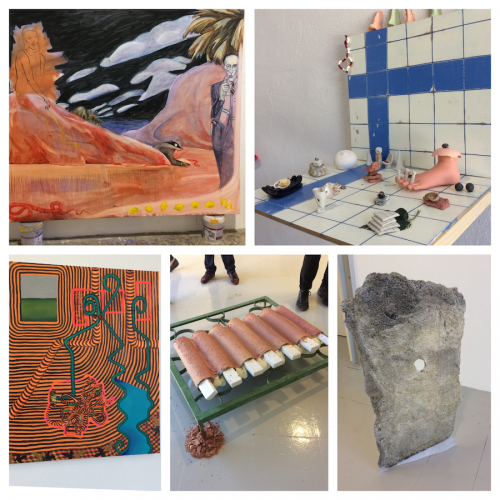
Study event review: PADA studios – an artists residency, Lisbon 2020
The concept of an artist’s residency may be familiar, but a tour around the PADA studios by co-founder Tim Rolston gave OCA students a fascinating insight into the practicalities and workings of an artist’s residency.
The tour was an itinerary item on the cross-discipline OCA study visit to Lisbon, 25-27 February 2020, arranged and facilitated by tutors Diana Ali and Dr Michele Whiting (Michele having been a resident artist at PADA during 2019).
Established in 2018 by Tim Rolston and Diana Cerezino, the residency consists of a studio space, gallery and accommodation within the Baía do Tajo industrial park in the town of Barreiro, which is located across the river from Lisbon. Once the main industrial area in Portugal and Spain, large sections of the park have since fallen into ruin, providing a fertile source of inspiration for artists interested in industrial heritage, historic architecture and themes of decay and dereliction.
Owned until the 1970’s by conglomerate CUF (Companhia União Fabril), the site once hosted businesses ranging from chemical, textile, mineral ore, food processing, healthcare, shipbuilding, environmental protection and finance (José de Mello Group, n.d.)
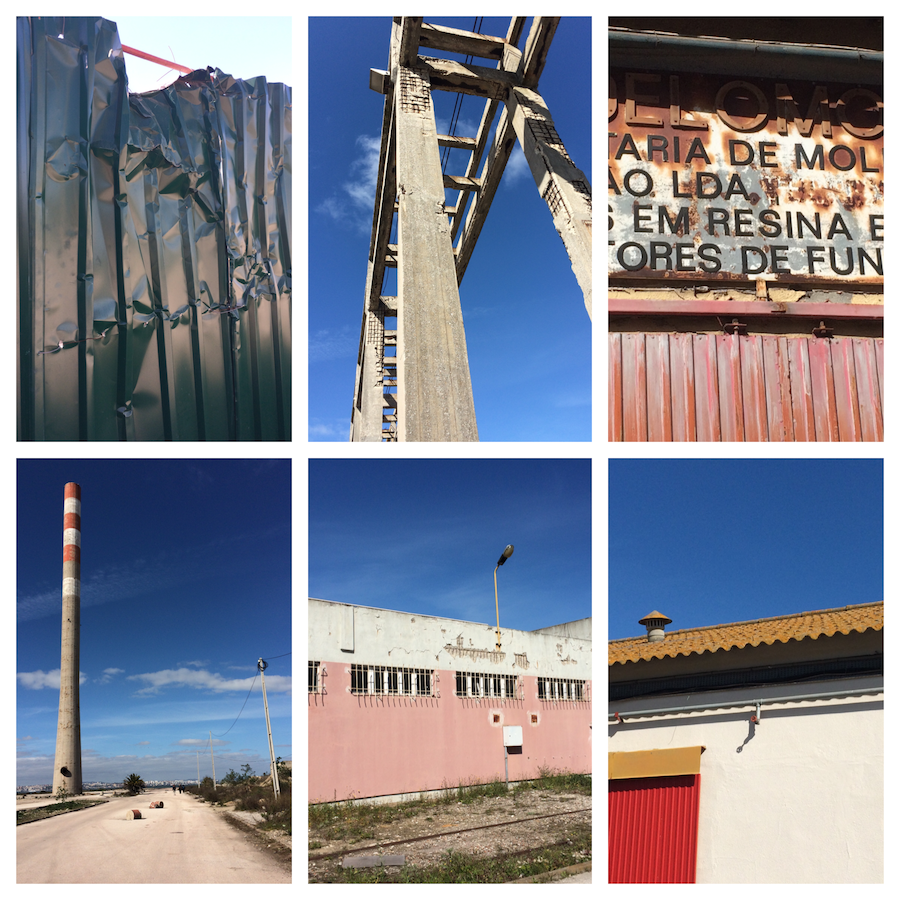
The area is currently re-establishing itself, with some buildings being repopulated by small businesses and craftsmen, and there is a vibrant community of artists within the wider district of Barreiro.
The building which PADA occupies is a converted warehouse which used to be used to manufacture jute sacks, and comprises of a large communal studio area with workshops and a gallery off to the side and back.
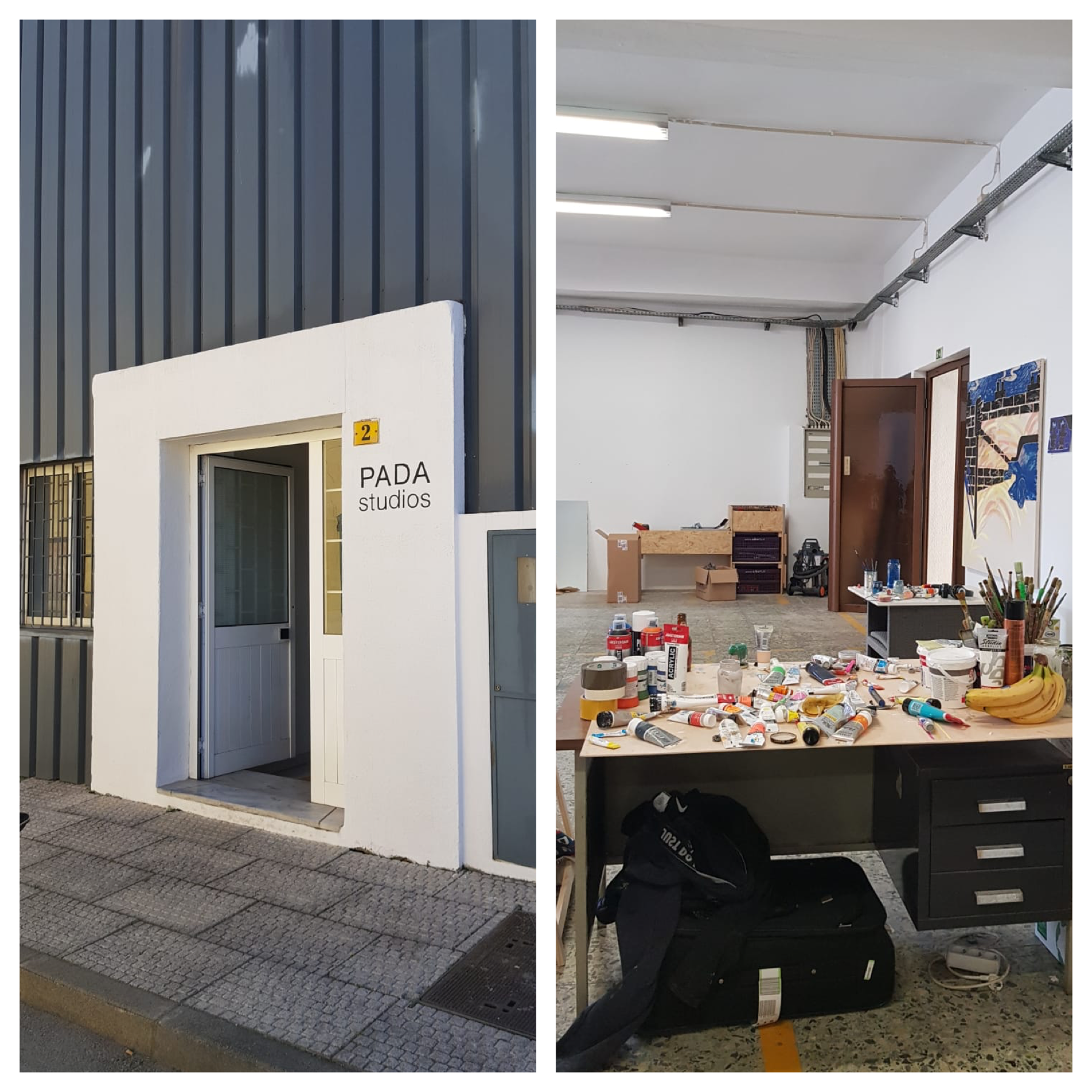
Accommodation for resident artists is in the old workers cottages close to the studio (see figure 3). These are now historically protected, with some still occupied by ex employees.
PADA is a non-profit cultural association, and the time of writing the fee for residencies was €1000 per month, with durations of 1-3 months (PADA studios, 2019). Artists must provide their own travel, living expenses and materials, either self funded or via sponsorship. PADA’s application process is straightforward and can be made via their website. A selection committee makes approval decisions based on artist’s existing body of work, their CV, and proposal for the residency programme, taking into account the excellence of the proposal in relation to innovation and artistic experimentation.
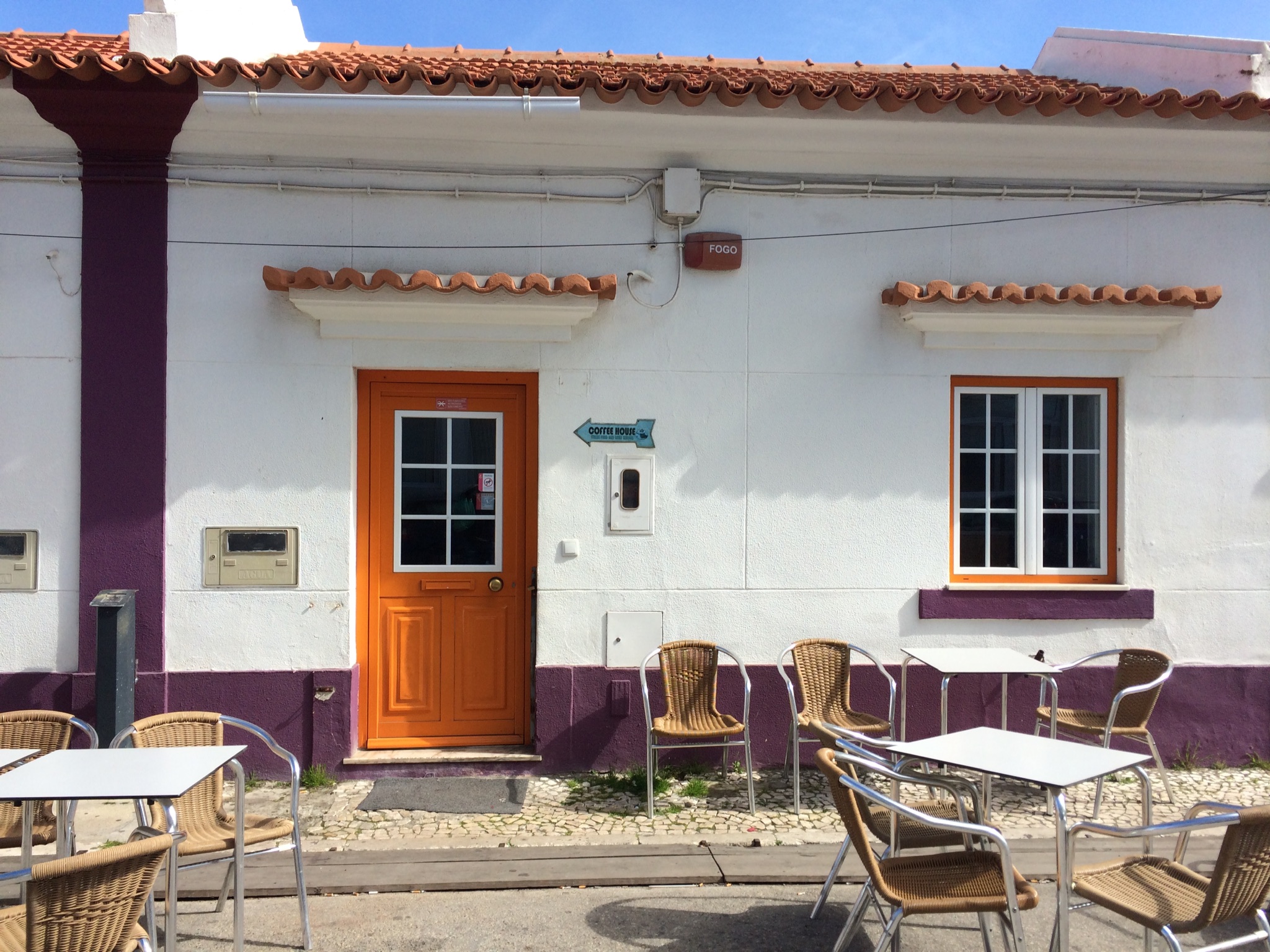
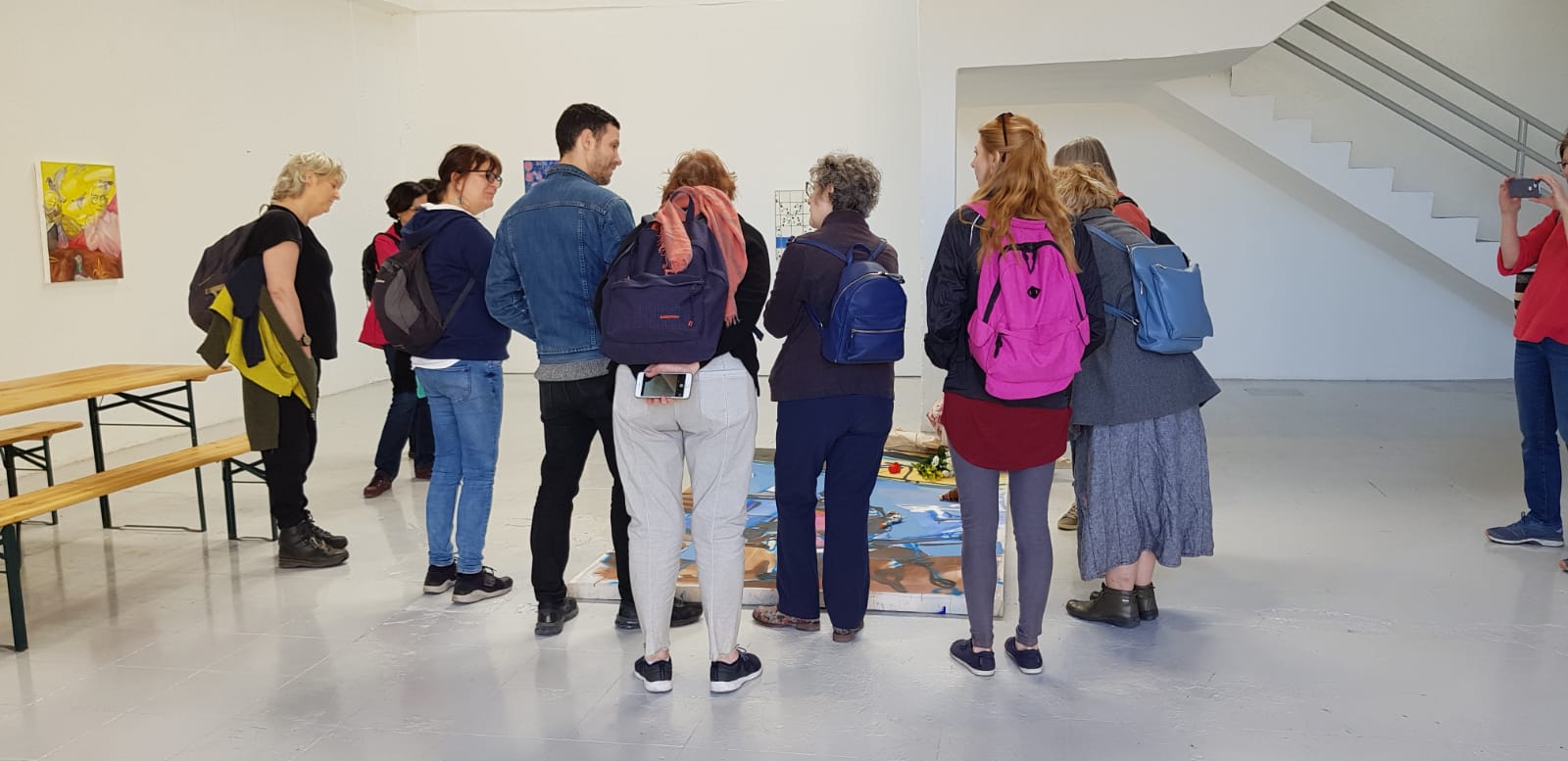
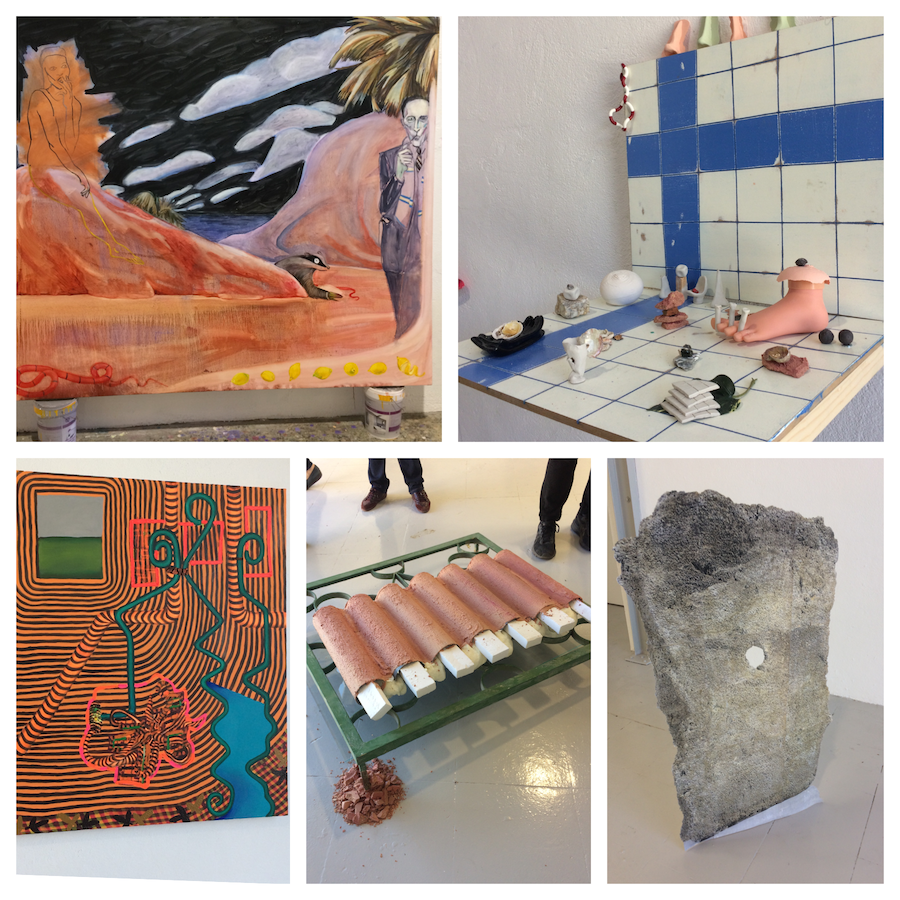
The images in fig.5 show examples of artwork seen at PADA, and gives a flavour of the diversity of work being created by the artists in residence.
Some of the pieces are directly inspired by the landscape and architecture around the area; such as the roof tile sculpture by Lennart de Neef (bottom middle), and the boulder/aggregate sculpture by Sebastian Reis (bottom right), which although having the appearance of being 3D and made from concrete, is actually an image on a sheet of paper/card).
Top left is a work in progress by Amalia Mourad, who we met personally and spoke to about her materials, processes and inspiration. She works in oil paints, building up soft layers of diffuse colour prior to adding images of characters and objects. Her art imagines human relationships, identity and sexuality which she draws on from different parts of her psyche (Mourad, n.d.)
Also by Lennart de Neef is the sculpture at fig. 5 top right, which references the tiles commonly seen on many building and pavements in the area. The artist has purposefully collected and arranged objects reclaimed from the local area (including secondhand shops) which contributes to the work’s intimacy.
Suzy Babington’s work (fig. 5 bottom left), is colourful, bold and uninhibited, depicting foregrounds and backgrounds, vistas and portholes, open spaces contrasting with areas of intricate detail – pipes, vessels and contraptions – a wonderful fusion of pattern, colour and tone.
As well as seeing the work of some fabulous and inspiring artists, the visit impressed on me the wonderful opportunity that artists residencies can create —space to focus on and develop your practice, working in a shared space gaining inspiration from other artists, community and cultural engagement, and getting yourself ‘out there’ through networking and exhibiting.
As a textiles student, I am especially intrigued by the historical usage of the PADA building – who made the jute sacks? were they sold as finished items or used on site? if so, what were they filled with, and where were they destined? Additional research revealed some fascinating archival footage of the site, which could easily form the basis of further investigation or be used to inform visual responses to the place, people or materials (Partido Nacional Renovador, 2013).
My visit to PADA was both inspiring and informative, and I very much hope that I will be able to return. My gratitude to tutors Michele Whiting and Diana Ali for organising the study visit, and for Tim Rolston for being so generous with his time, both for providing a tour of the studio and for facilitating access to the ‘no go zone’ (area of the industrial park not open for public access).
Attribution of figures:
Figures 2 and 4 are copyright of Martine Elliott and reproduced with kind permission. All other images are copyright of the author.
Bibliography/references:
Ali, D. (n.d.) Diana Ali visual artist and curator. Available at: http://www.dianaali.com (Accessed 2 March 2020)
Babington, S. (n.d.) Suzy Babington. Available at: https://www.suzybabington.com (Accessed 2 March 2020)
Cerezino, D. (n.d.) Diana Cerezino. Available at: https://dianacerezino.com (Accessed 2 March 2020)
de Neef, L. (n.d.) Lennart de Neef. Available at: https://lennartdeneef.nl (Accessed 2 March 2020)
José de Mello Group (n.d.) History of the group. Available at: https://www.josedemello.pt/historia-do-grupo/?lang=en (Accessed 1 March 2020)
Mourad, A. (n.d.) Amalia Mourad. Available at: https://amaliamourad.com/e2x9djdes0mqt5u25qb9db4md2dfy6 (Accessed 1 March 2020)
PADA studios (2019) PADA. Available at: https://www.padastudios.com/about (Accessed 1 March 2020)
Partido Nacional Renovador (2013) CUF – Companhia União Fabril. [YouTube video]. Available at: https://youtu.be/tCCtbC9tdWA (Accessed 1 March 2020)
Reid, S. (n.d.) Sebastian Reis. Available at: https://www.sebastianreis.com (Accessed 2 March 2020)
Rolston, T. (n.d.) Tim Rolston [Intstagram profile]. Available at: https://instagram.com/tim.ralston?igshid=bthxigjhunay (Accessed 2 March 2020)
Whiting, M. (2018) Michele Whiting. Available at: http://www.michelewhiting.com (Accessed 2 March 2020)
|
|




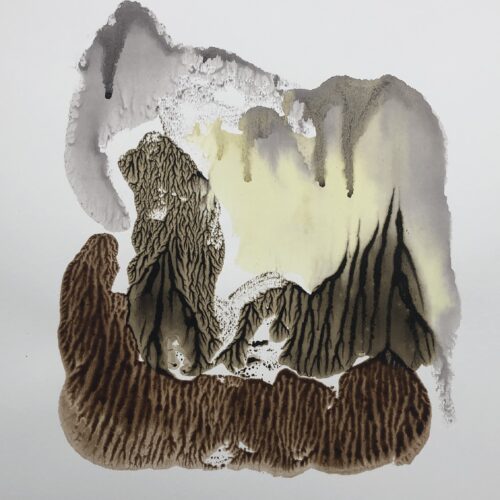

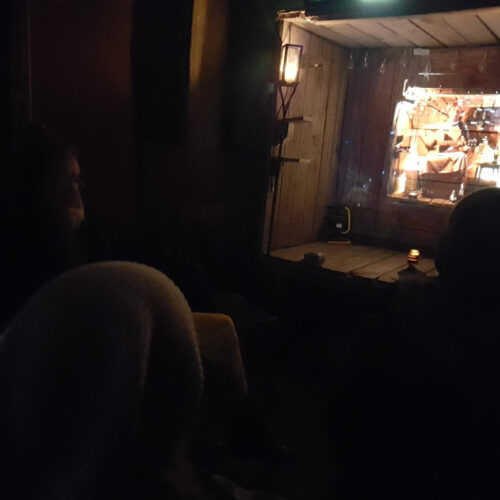
Brilliant… well done. Brings it all back